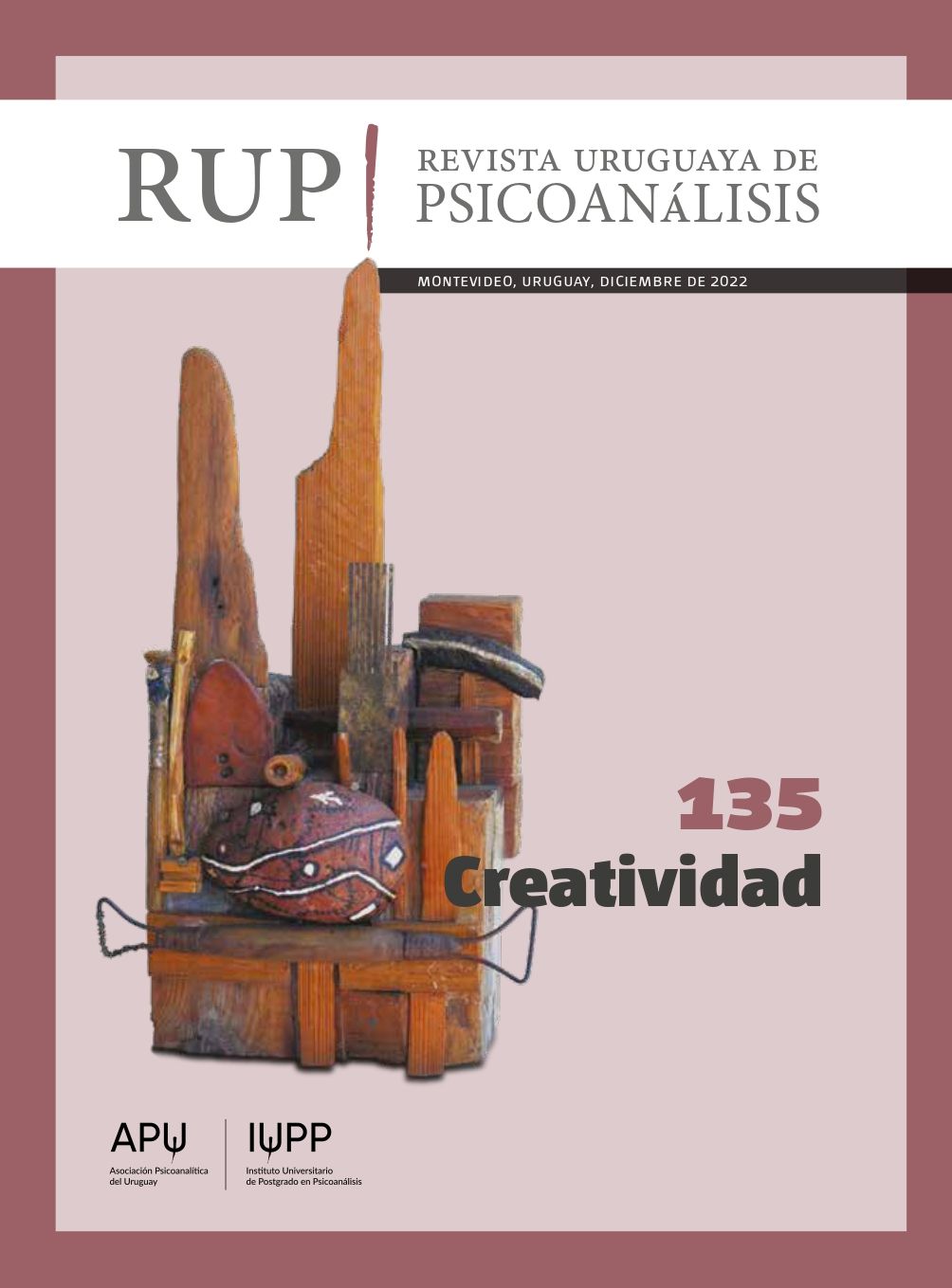Stanley Kubrick s last dream
DOI:
https://doi.org/10.36496/n135.a7Keywords:
cinema, creator, dream, unconscious, psychoanalysisAbstract
This work relates the effects of Psychoanalysis in art, through the work of a novel by the writer Arthur Schnitzler (Dream story) that motivated the great director Stanley Kubrick to make his film Eyes wide shut.
The coincident aspects between Freud and Schnitzler are highlighted,both of them were contemporaries, jews, atheists, passionate about exploring the dark aspects of the human being and motivated by the «enigma of dreams.»
Stanley Kubrick, an admirer of Schnitzler’s novel, dreamed for thirty years of bringing the Dream story to the cinematographic
language and in that process he was reached by the effects that psychoanalysis marked on the art of the 20th century, in the West.
Downloads
References
Castro, A. (2003). Stanley Kubrick. Titivillus.
Douglas, K. (2015). Yo soy Espartaco: Rodar una película, acabar con las listas negras.Capitán Swing. (Trabajo original publicado en 2012).
Freud, S. (1968). Briefe 1873-1939. Fischer.
Freud, S. (2008). La interpretación de los sueños. En J. L. Etcheverry, Obras completas (vol.4).Amorrortu. (Trabajo original publicado en 1900 [1899]).
Gómez Mango, E. y Pontalis, J.-B. (2014). Freud con los escritores. Nueva visión.
Infascelli, A. (director) (2015). Mi amigo Kubrick [película]. Rat Pac Documentary Films.
Peluffo, J. (12 de abril de 2019). Kubrick y la escena primaria: El pivot obsesivo. tend. http://tend.uy/pluritemática/kubrick-y-laescena-primaria-el-pivot-obsesivo
Raphael, F. (1999). Aquí Kubrick. Mondadori. Schnitzler, A. (2016). Relato soñado. Acantilado. (Trabajo original publicado en 1926).
ZEPFilms (2019)S. Stanley Kubrick: La historia detrás del metódico artista [video]. YouTube. https://www.youtube.com/watch?v=oxX4fO7AlFQ
Downloads
Published
Issue
Section
License
Copyright (c) 2023 Revista Uruguaya de Psicoanálisis

This work is licensed under a Creative Commons Attribution 4.0 International License.


 This work is licensed under a
This work is licensed under a 